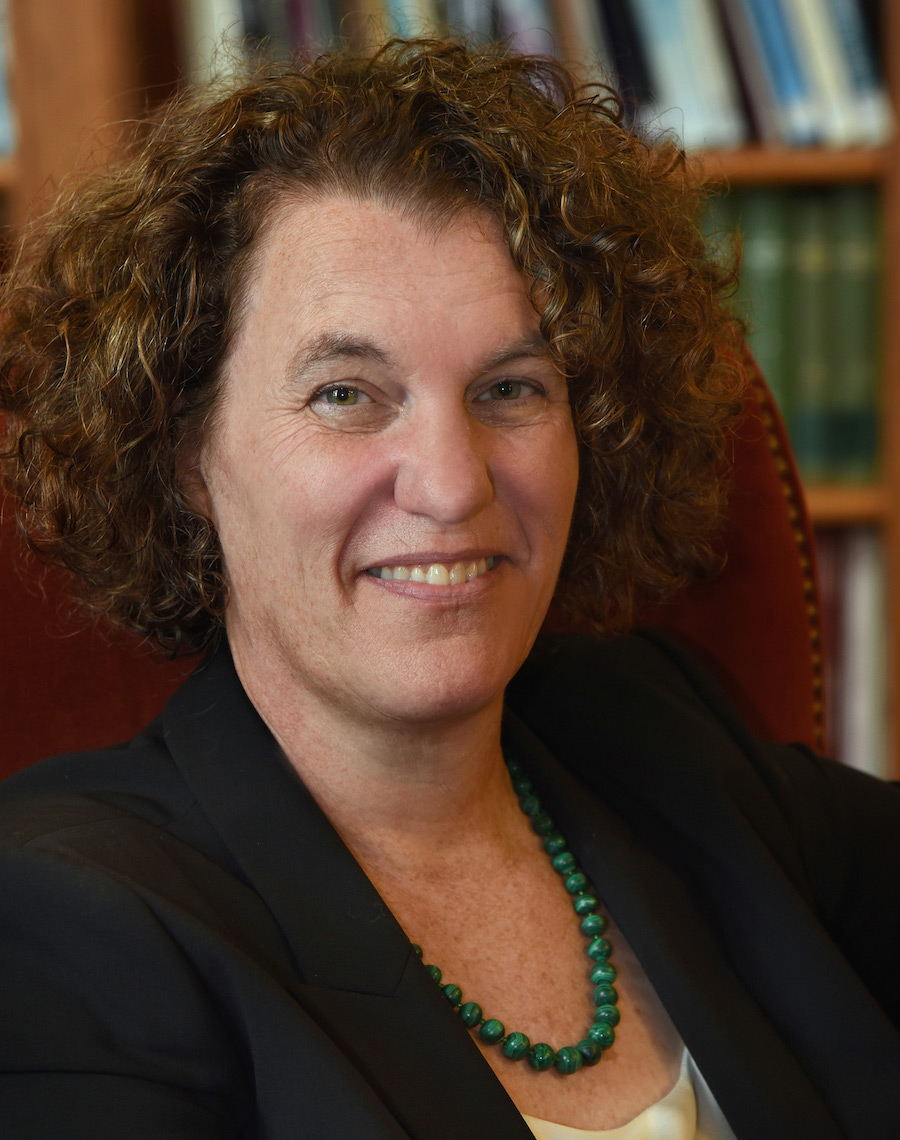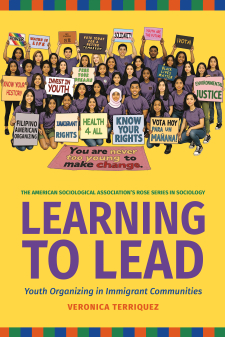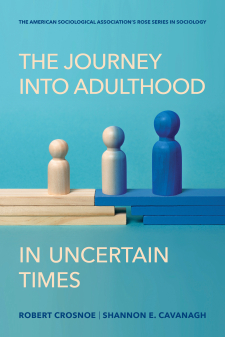Main navigation

Susan Dynarski is Patricia Albjerg Graham Professor of Education at Harvard University. Her research focuses on understanding and reducing inequality in education. She is a contributing author to RSF book Whither Opportunity? and the recipient of multiple RSF research grants. In this new interview with the foundation, Dynarski discusses the social and economic benefits of student loan forgiveness. The interview has been edited for length and clarity.
Read Dynarski’s op-ed in the New York Times on the benefits of student loan forgiveness.
Q. Why were you originally against student loan forgiveness?
A college degree is, on average, an excellent investment. It pays off over a lifetime with higher earnings, better jobs, better benefits. The typical college graduate who leaves school with debt exits with about $31,000 of debt. If you look at the lifetime benefits of going to college, they dwarf that $31,000. People vary on how they calculate the benefits, but calculations go from thousands of dollars to hundreds of thousands of dollars to a million dollars.
Economists think about education as an investment – you pay the costs up front, and you get the benefits over a long period of time. And as investments go, it’s a fantastic one.
Also, loans work across the world quite well. If we look at other countries – Australia, England, Sweden – lots of places have student loan debt, but none of them are the car crash that the U.S. system is. So, I was optimistic and had hope that public policy might repair the problems in the student loan system; they seemed fixable. I focused my policy attention on repairing the system of repayment in such a way that people would not be harmed by it, but I did not think that wholesale forgiveness or dismantling the loan system was warranted.
Q. What caused you to change your mind about forgiving student loans?
Decades passed and reforms didn't happen. The system continued to be dysfunctional. And the system collided with the Great Recession and harmed a lot of people.
The loan default rate was 30% for first generation, low-income students who borrowed during this time. Default is disastrous for one’s financial well-being. Whether you go into default on $1,000 or $100,000, the effect is the same – you get a blot on your credit record. Many employers check credit records. Landlords check credit records. The cost of buying a car will go up. And we were pushing people into default. The servicers who the government hires to collect payments on student loans have historically done an awful job. It was always easier to put somebody into forbearance than it is to put somebody into the income-based repayment plan that will put them onto a path to forgiveness.
Economists typically focus on the big picture, but the fact is, the way this was implemented was harming people. People who had very small debts, because of bungles by the servicers, were ending up with much larger debts. And once fees got added on, these people ended up defaulting on their loans. So, people who we had encouraged to invest in education, did what they were supposed to do, and they ended up harmed by it. And since public policy caused harm, I believe public policy should repair that harm.
Q. Who will benefit the most from student loan forgiveness?
When you look at the distribution of debt, the people who have big debts have high incomes and high levels of education. The people with small debts have low incomes and low education levels. The Biden plan forgives $10,000 for anyone with an income below $125,000. This could potentially wipe the slate clean for a third of borrowers. Those who have these small debts tend to be people who briefly went to a community college or a for-profit institution and dropped out.
A provision targets an extra $10,000 on people who had a Pell Grant. That means that people from first gen families, from disadvantaged families, and from Black and brown families will benefit. Some statistics I’ve seen show that 80% of Pell Grant borrowers are Black or Hispanic, so the Pell provision really helps those communities.
Q. What do you say to people who worry that debt forgiveness will drive up inflation?
Any income support we give to anybody drives up inflation, but we don't usually think of our social policies as inflation controls. We could probably cut inflation really quickly by eliminating food stamps, but that doesn't mean we should. People haven't been paying student loans for over two years. Now some people will never restart paying their loans. It's not like we're dropping a check for $10,000 or $20,000 on people. The estimates I've seen, even from the people who are most concerned, are perhaps a 0.1%-point increase in inflation.
Q. In your chapter in the Russell Sage book Whither Opportunity?, you examine inequality and post-secondary education. Do you think that student loan forgiveness will help mitigate inequality?
Borrowers in default on loans can't get any aid for college, including Pell Grants. These people are going to see their slates wiped clean and they can go back to school if they want to. This will tend to reduce inequality.





